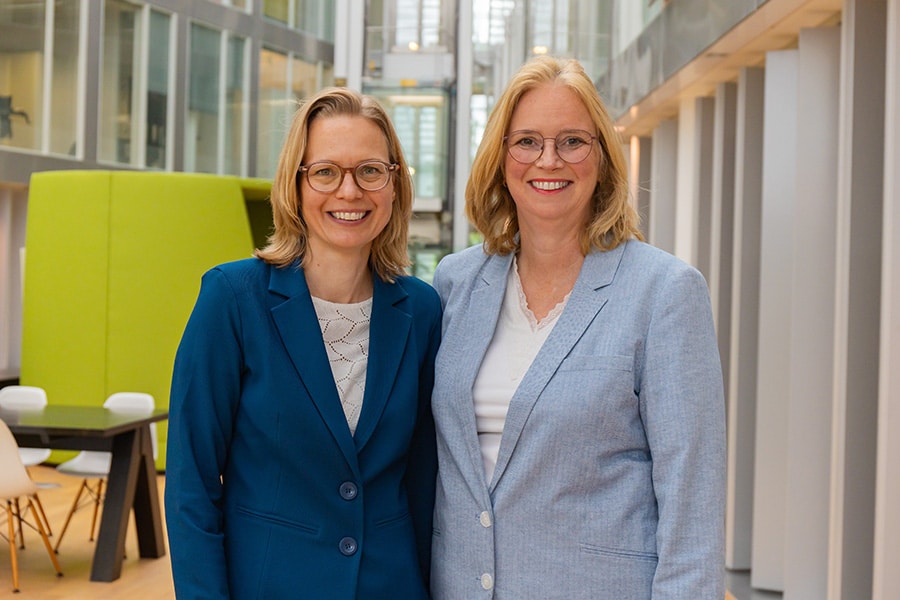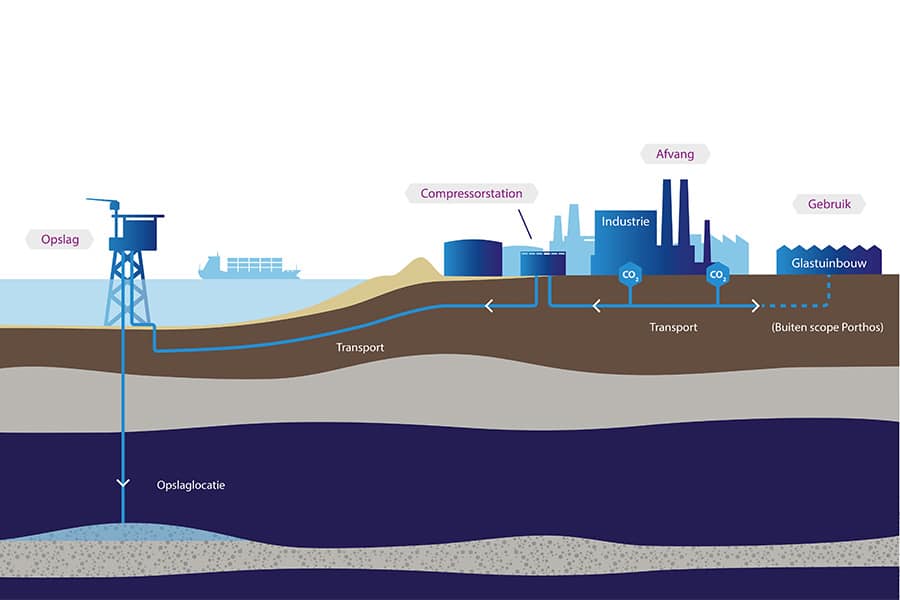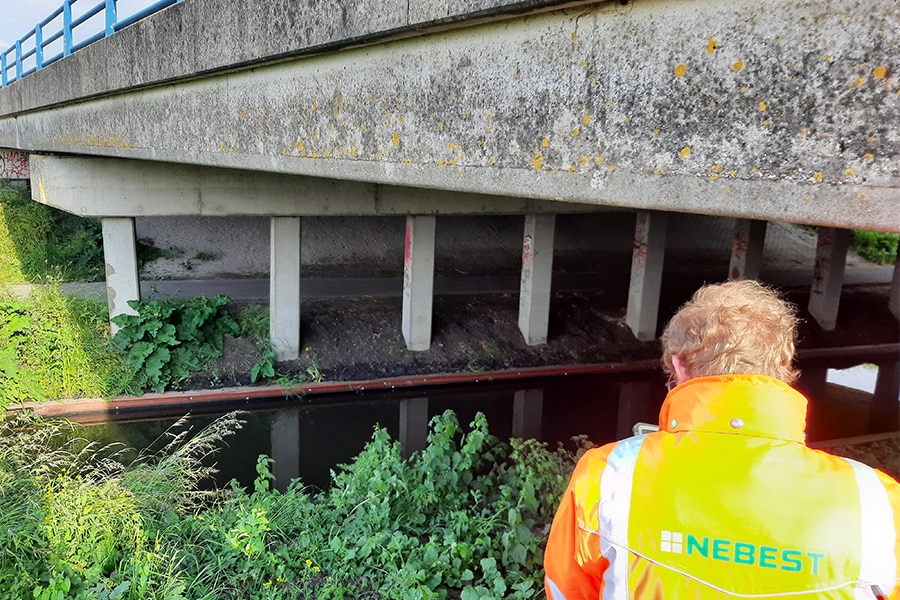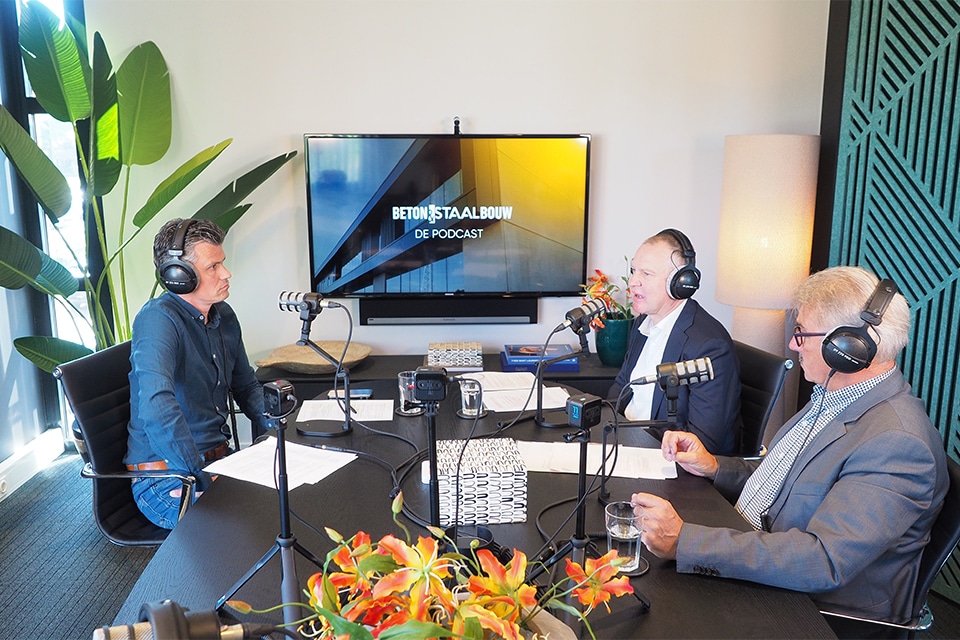
Grip on work in progress
The basis for control, growth and profitability
Work in progress (OHW) is a subject that every company struggles with. OHW includes everything that has been done on a project as well as everything that has yet to be completed, including associated costs and revenues. It can be quite complex to estimate what it will cost to complete a job and what revenues will be generated in return. Getting a grip on the work in progress is one of the keys to success for project-based production companies, where the goal is to become more profitable and create more return. Because of this great importance, Liemar organized a knowledge session on this topic. Concrete & Steel Construction attended and we share the main findings here. Take advantage of them!
Liemar is much more than a software manufacturer and also has its own vision of service. "Because we literally look behind the scenes at so many different companies, we know what's going on in the industry," says commercial director Niels Oudenaarden. "We therefore increasingly act as a knowledge partner and regularly organize knowledge sessions for our customers. These sessions are not just about 'sending', but are above all very interactive. We find it important that our customers learn from each other's expertise and experiences in order to reach an even higher level together when it comes to control and grip on processes."
Beating heart
The most recent session focused on work in progress. "It's not just an administrative concept; it's the beating heart of a project-based organization. It provides insight into the progress, financial health and profitability of your projects. Understanding how to effectively manage OHW makes the difference between keeping control and losing grip. Then you can also use it as an effective steering tool," said Pieter Dekkers of ValueiQ, together with Barry van den Reek of Liemar the keynote speakers during the session. "Success starts with clarity. You need to know exactly how much work has already been done and what this means for your results." Van den Reek can attest to that and adds: "With a weekly evaluation, you prevent projects from getting out of hand. It is not enough just to record deviations; you link them directly back to the planning and post-calculation. This provides insight into costs and performance." The further you get into the project, the sharper your insight needs to be into the relationship between costs and revenues. Dekkers: "If you identify early on that a project is in danger of becoming loss-making, you take action immediately. This requires both courage and discipline. It is an important rule in financially sound business: you take a loss immediately. Waiting until the end is not an option."
Collaborate
One of the biggest challenges in OHW, according to Dekkers, is collaboration between departments. "How do you make sure everyone is speaking the same language? Creating transparency is essential. Make sure everyone has access to real-time information. Only then can you make decisions based on facts instead of assumptions. Good record keeping is a key to success here. Daily insight into the hours worked, progress and costs prevents surprises and enables immediate adjustments. The sooner you have insight, the better your projects remain under control. Digital tools such as ERP systems make this possible by providing instant insight. This prevents departments from working past each other and speeds up decision-making. When each department understands its contribution to the success of a project, everyone works with greater focus and effectiveness."
Consider a one-piece flow
In addition to making waste visible and eliminating it, Dekkers says improvement is also within reach in production processes. "For example, consider moving from batch production to a one-piece flow. Although batch production seems efficient, it often creates unnecessary inventory and delays. By moving products through the process one at a time, you work faster and more efficiently. It's a simple adjustment with big impact. The less time you waste on intermediate steps, the faster you can invoice your product."
Sound financial policies
Managing OHW goes hand in hand with sound financial management. Liquidity is a crucial factor in this. The faster you bill, the stronger your cash flow becomes. A high amount of OHW can indicate problems: excessive inventory, delayed payments or inefficiencies in your processes. "The trick is to find the balance. Too little OHW can mean that your projects are not running smoothly, while too much OHW increases the pressure on your working capital. Therefore, focus on a tight schedule, short lead times and clear agreements with customers. Make sure payment terms are sharp and prevent projects from stalling due to financing problems," advises Dekkers. "Also create a clear structure in your cost registration, so that you know at any time what has been planned, what has been spent and what is still expected," says Van den Reek. "So that way you keep each phase of a project financially clear. You secure this insight by linking invoices and orders directly to project progress. With real-time data, you make accurate forecasts and avoid surprises. When material prices change or unexpected costs arise, you immediately include these in your figures. This way you maintain control and prevent profitability from evaporating unnoticed."
Making choices
The captured information on which you direct your business and projects can be boiled down to five metrics: overhead, cost recovery, project performance, project and production planning, and liquidity planning. Van den Reek: "But so many companies, so many processes, so many levels of automation. Not surprisingly, we have a diversity of methods to determine your work in progress. That's tooling. And what you choose is less important than what you choose. Much more important is that you decide how to value work in progress in your organization: this is how we work. If you do that properly, you can start steering for a good end result."
So OHW is not an administrative process, but a strategic tool that gives you a grip on your projects. "By continuously monitoring progress, eliminating waste and using data intelligently, you will build a more efficient and profitable future," Oudenaarden summarizes. "So start today with daily updating of planning, progress and costs, digitizing processes for more overview and reliability, eliminating waste by applying lean methods AND invest in better collaboration between teams with shared data and goals. In doing so, you set the standard for the future."
Also want to attend a Liemar knowledge session? Keep an eye on the agenda on the Liemar Software website and subscribe to the newsletter, because then you will hear about it first hand.



